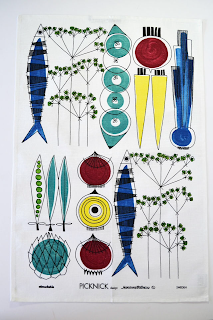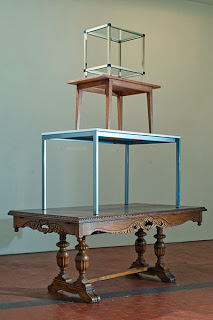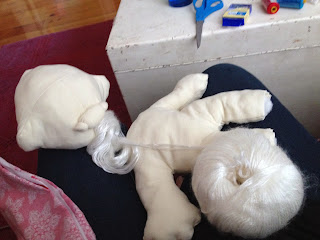Sally Ann Rowland is a Perth based artist that creates works across a multitude of meduims, including photography, print,
textiles and sculpture.
Originating in Adelaide She graduated the SA School of Art, University SA in 1997 with a Bachelor of Visual Arts. Then in 2000 she moved to New York for the purpose of studying at her masters at Columbia University. This was possible due to receiving a Anne & Gordon Samstag International Visual Arts Scholarship the year prior. In 2002-03 she was the recipient of an Australia Council Studio residency at PS1 Contemporary Art Centre, New York.
Rowland has exhibited in Adelaide at the Australian Experimental Art Foundation, Contemporary Art Centre of SA and the Samstag Museum of Art. She has also had numerous exhibitions in the USA, including ZieherSmith and Guild & Greyshkul, New York, Mark Moore Gallery in Los Angeles and Western Exhibitions, Chicago. Her most recent show was at the Freemantle Arts Centre, eairler this year.
Her work that uses cliché phrases and incorporates them into calendars, tea towels, pencils and mugs. These pieces are then available for purchase after the exhibition. The idea that the art can exist as a singular entity outside of the display and is a commercial product as well as a piece of art.
Other peices are such as the bookcase with no shelves have a lot of visual stimuli, there are a multitude of ready made components stuck together to create a cohesive meaning. This idea is something I am hoping to replicate in my own work.
 |
The weekends in 15 years of working life minus one month’s annual leave taken each year as a continuous block
720 wooden graphite pencils printed with the text 'Did you have a good weekend?'
2013
 |
The Way Things Were
Two silver plated walnuts, enclosing two ball bearings that rattle when held.
2011
|
|
 |
A Perfect Day
Plastic bucket, mirror, toy
2002
|
 |
The Spare Room
Carpet, windows, felt, velvet, furniture, books
1999
|
 |
Bookcase
Bookcase with no shelves, with books, trinkets, timber, radio
2001
|

















































